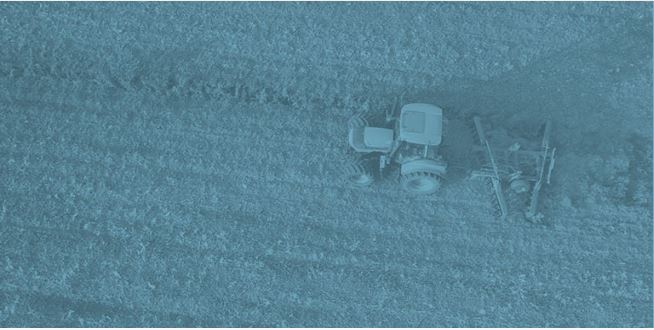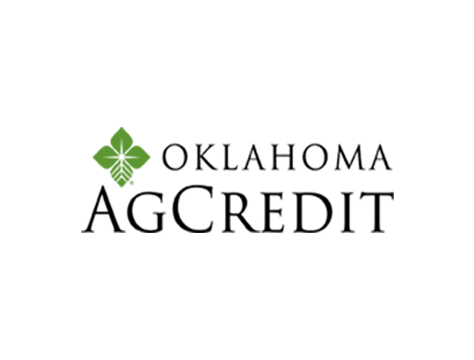

News
As the cost of owning and operating farm equipment continues to rise, producers are challenged with finding creative ways to budget their machinery spending and make their equipment payments more affordable.
“Given current interest rates, the rising cost of equipment and higher input costs, producers have to figure out a way to cut expenses and budget their equipment dollars,” says Chris Stout, AgDirect territory manager in Arizona and California. “Leasing is a great option to consider that offers predictable payments and a way to budget costs per hour while keeping machines under warranty.”
There are many reasons producers choose to lease equipment, and the benefits leasing offers can vary depending on each producer’s situation. They can be boiled down to business, financial and tax benefits.
Business benefits of leasing
While owning equipment continues to be a popular method for acquiring machinery in the long-term, the real value of equipment comes from its operation – not ownership.
Leasing offers a unique way to finance the assets you need now with the option to purchase, trade, renew, or return the equipment later.
Like ownership, leasing gives you complete control of the machine for the period of the lease. As the lessee, you are responsible for labor to operate it, repair costs and other operating expenses. However, leasing transfers some of the risk of obsolescence back to the lessor.
Older equipment usually costs more to operate as repair and maintenance costs increase over time. With leasing, equipment can be replaced regularly. A planned replacement cycle ensures you have access to reliable, low maintenance equipment.
Leasing also offers you the chance to try out the latest equipment models without the commitment of buying, allowing you to take advantage of better fuel efficiency, increased production or new technologies.
There’s also flexibility at lease end. Depending on the structure of the lease, you can choose to purchase the equipment, trade it in, renew the lease or in some cases, return it and walk away.
“At AgDirect, we lease a large portfolio of tractors, among other equipment, and walk-away leases are one of the most popular lease options,” says Stout. “It’s an affordable way to acquire the equipment you need without buying it outright.”
“Plus, with an AgDirect lease, there is no early termination fee to trade in equipment or pay off your lease early as long as the payoff is under $500,000,” he adds.
Financial benefits of leasing
From a financial perspective, leasing is an excellent way to free up working capital and improve cash flow to increase your bottom line.
If you frequently trade equipment every few years, leasing can offer lower payments than a loan and save you from paying large capital outlays that could otherwise be used to expand other areas of your operation, cover expenses or make improvements.
Leases don’t usually require a down payment. Instead, you will only need to make the first lease payment allowing you to preserve your working capital.
Leasing also provides 100% financing which is key when cash flow is a concern. Payment schedules can be customized to match your cash flow needs, even if you have irregular cash flow patterns.
For example, choose between annual, semiannual, quarterly or monthly payments for greater flexibility. And, if rising interest rates are a concern, you can lock in a fixed rate over the life of the lease.
“By limiting the amount owed up front and only paying for the use of the equipment, the overall cost of a lease can be much less than traditional financing,” says Stout. “If you’ve purchased equipment earlier in the year, you can also recapture cash flow through a purchase leaseback which allows a lease to be written on equipment already placed into service.”
Leasing tax advantages
Another benefit of leasing is tax management. From a tax standpoint, a lease is treated in one of two ways. It is either a true lease or a conditional sales lease. Each has its own tax benefits.
With a true lease, the lessee may deduct the lease payments as expenses, lowering their taxable income. The lessor, as owner of the equipment, takes the depreciation.
With a conditional sales lease, the lessee may take the depreciation or other tax deductions, like Section 179, to the limits allowed by the IRS just as with a loan.
The best lease option for your operation will depend on your tax situation and current tax law. Before entering into a lease, it’s a good idea to consult with an accountant or tax professional.
AgDirect lease options
AgDirect offers both true tax leases and conditional sales leases to meet your operation’s working capital and cash flow needs and unique tax situation. Lease terms vary, but with AgDirect they can range from 2 to 7 years depending on the equipment type and amount financed.
FPO – Fixed Purchase Option
• Considered a true-tax lease
• Customer writes off lease payment, doesn’t depreciate asset
• Also known as a “Walk Away Lease”
• Customer has the option to purchase, trade or surrender (walk away) asset
PRO – Purchase or Renew Only
• Considered a true-tax lease
• Customer writes off lease payment, doesn’t depreciate asset
• Customer has option to purchase, trade, or renew lease (no walk away option)
• Residuals are 5-10% higher than FPO lease
PUT – Purchase Upon Termination
• Considered a conditional sales lease
• Customer is obligated to purchase or trade asset (no walk away or renewal option)
• Customer takes depreciation on asset, doesn’t write off lease payment
• Residuals are 5-10% higher than FPO lease
To learn more about AgDirect equipment lease options, contact your nearest Oklahoma AgCredit Loan Officer or the AgDirect Finance team at 888-525-9805. Learn more about simple, fast, flexible equipment financing at AgDirect.com.



